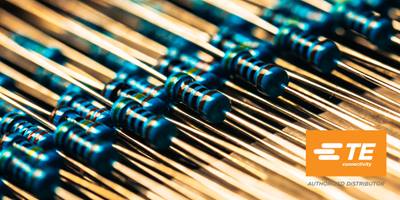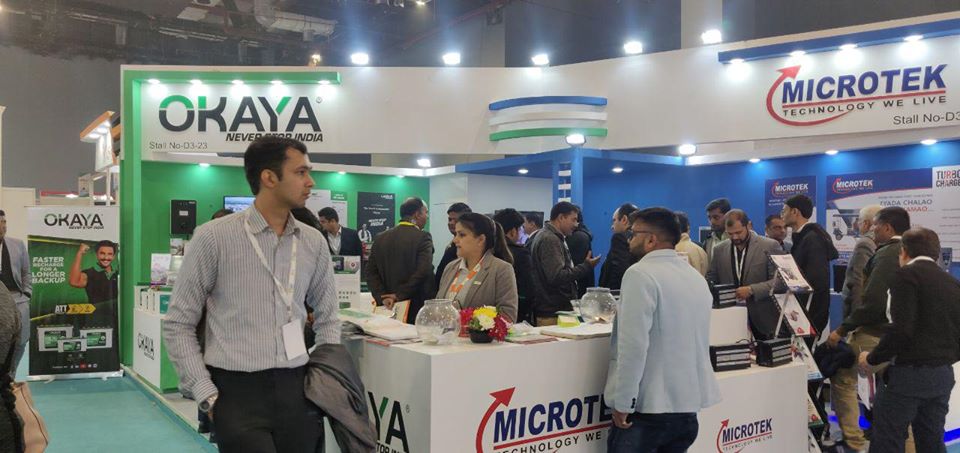Choosing Power Resistors: Insights into the Technology
Power resistors protect technology by converting excess amounts of energy into heat which can then be dissipated. In this article, learn about new power resistor designs from TE Connectivity and how to select the right one for your project.
Resistors come in many different varieties, from the smallest PCB-mounted small chip resistors to the largest power resistors that can handle massive amounts of energy. Among power resistors, there are two main types -- those that can handle a continuous current flow (as from a battery discharging), and those that can handle a very high instantaneous current load (as from a lightning strike).
The design of power resistors (as opposed to chip resistors) is known as wire bound, meaning that they're built from a resistive wire wrapped around a ceramic core. In turn, this wire assembly is placed into an enclosure with cooling fins. In this manner, any current passing through the resistor gets transformed into heat, then the heat is dissipated via the cooling fins.
Before developing a new product and choosing resistors to use, it's vital that designers fully understand the application's power requirements. For example, energy capacity for power resistors used outside must be measured in joules to account for lightning strikes, while the capacity of power resistors for continuous drain applications must be measured in watts. For a more in-depth overview of power resistor technology, click through to the article.
12-Jul-2022





